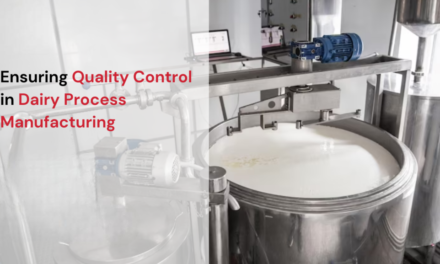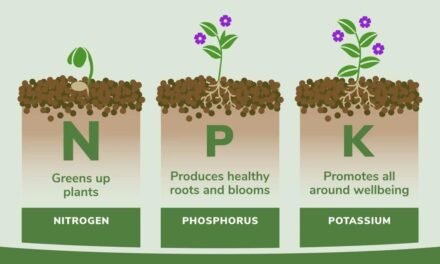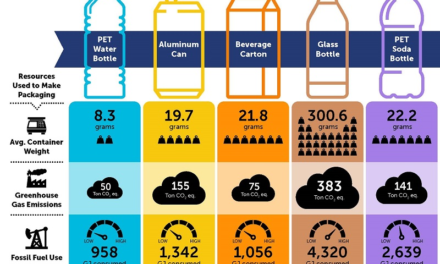Modified Atmosphere Packaging (MAP) is a technology used to extend the shelf life of perishable products by altering the composition of gases inside the packaging. It is widely used in the food industry for products like fresh produce, meat, seafood, dairy, and baked goods. Here are the key benefits of using MAP:
1. Extended Shelf Life
- How: MAP reduces oxygen levels while increasing gases like nitrogen and carbon dioxide, which slow down microbial growth and oxidation.
- Benefit: Products stay fresh longer, reducing spoilage and waste in both retail and consumer environments.
2. Preservation of Product Quality
- How: The controlled gas mixture maintains the color, texture, and flavor of the product.
- Benefit: Meat retains its red color, fruits remain firm, and baked goods stay soft, improving consumer appeal.
3. Reduction in Preservatives
- How: MAP naturally inhibits spoilage organisms, reducing the need for chemical preservatives.
- Benefit: Allows for cleaner labels and appeals to health-conscious consumers.
4. Food Safety Enhancement
- How: By slowing microbial activity, MAP decreases the risk of foodborne illnesses.
- Benefit: Provides safer food products, especially for high-risk categories like seafood and ready-to-eat meals.
5. Versatility for Different Products
- How: Gas mixtures can be customized to suit specific product requirements (e.g., low oxygen for meat, high oxygen for fresh produce).
- Benefit: Widely applicable across various food categories.
6. Reduction in Waste
- How: Extended shelf life means less spoilage during transportation, storage, and display.
- Benefit: Reduces food waste at every stage of the supply chain, from manufacturers to consumers.
7. Support for Global Distribution
- How: Products packaged with MAP can endure longer shipping times while maintaining freshness.
- Benefit: Enables export and distribution to distant markets, expanding sales opportunities.
8. Improved Packaging Efficiency
- How: MAP allows products to be packaged in lightweight and flexible materials, which require less space than traditional packaging.
- Benefit: Reduces transportation costs and environmental impact.
9. Consumer Convenience
- How: MAP keeps products fresher for longer after purchase, providing more flexibility for consumption.
- Benefit: Meets consumer demands for convenience and reduces the need for frequent shopping.
10. Retention of Nutritional Value
- How: By minimizing exposure to oxygen and maintaining freshness, MAP helps preserve the nutrients in food.
- Benefit: Enhances the health value of the product.
11. Customizable Gas Mixtures
- How: Gas blends can be optimized for specific food types to address their unique spoilage mechanisms.
- Benefit: Maximizes the efficacy of MAP across diverse products, from meats to baked goods.
12. Brand Differentiation
- How: Products with extended freshness and better quality stand out in the market.
- Benefit: Builds brand loyalty and consumer trust, especially in premium food categories.
13. Environmental Impact
- How: By reducing food spoilage and using recyclable packaging materials, MAP contributes to sustainability.
- Benefit: Aligns with consumer and regulatory emphasis on eco-friendly practices.
Examples of Applications
- Meat & Poultry: Maintains color, prevents microbial growth, and slows rancidity.
- Fresh Produce: Keeps fruits and vegetables crisp and prevents browning or wilting.
- Seafood: Extends freshness and prevents odors from developing.
- Dairy: Increases the shelf life of products like cheese and yogurt.
- Baked Goods: Prevents staling and maintains softness.
Challenges to Consider
- Cost: Initial investment in MAP equipment and technology can be high.
- Specialized Storage: Products may require refrigeration even with MAP.
- Consumer Education: Informing customers about the benefits of MAP and how it works.
Conclusion
Modified Atmosphere Packaging (MAP) provides numerous benefits, including extended shelf life, enhanced product quality, and reduced food waste. Its versatility and effectiveness make it a valuable solution for food manufacturers looking to meet the demands of modern consumers while addressing sustainability and safety concerns.
Hashtags
#EcoFriendlyPackaging #InnovativePackaging #FoodPackagingSolutions #SustainablePackaging #FreshnessGuaranteed #PreserveTheFlavor #EfficientPackaging #FoodWasteReduction #AdvancedPackagingTechnology #EcoPackaging #LongerLastingFood #InnovativeFoodTech #EcoFriendlyFood #FreshnessRevolution #SustainableSolutions #SmartPackagingSolutions #FoodPreservationTech #EcoConsciousPackaging #InnovativeFoodPackaging #SustainableFoodSolutions









